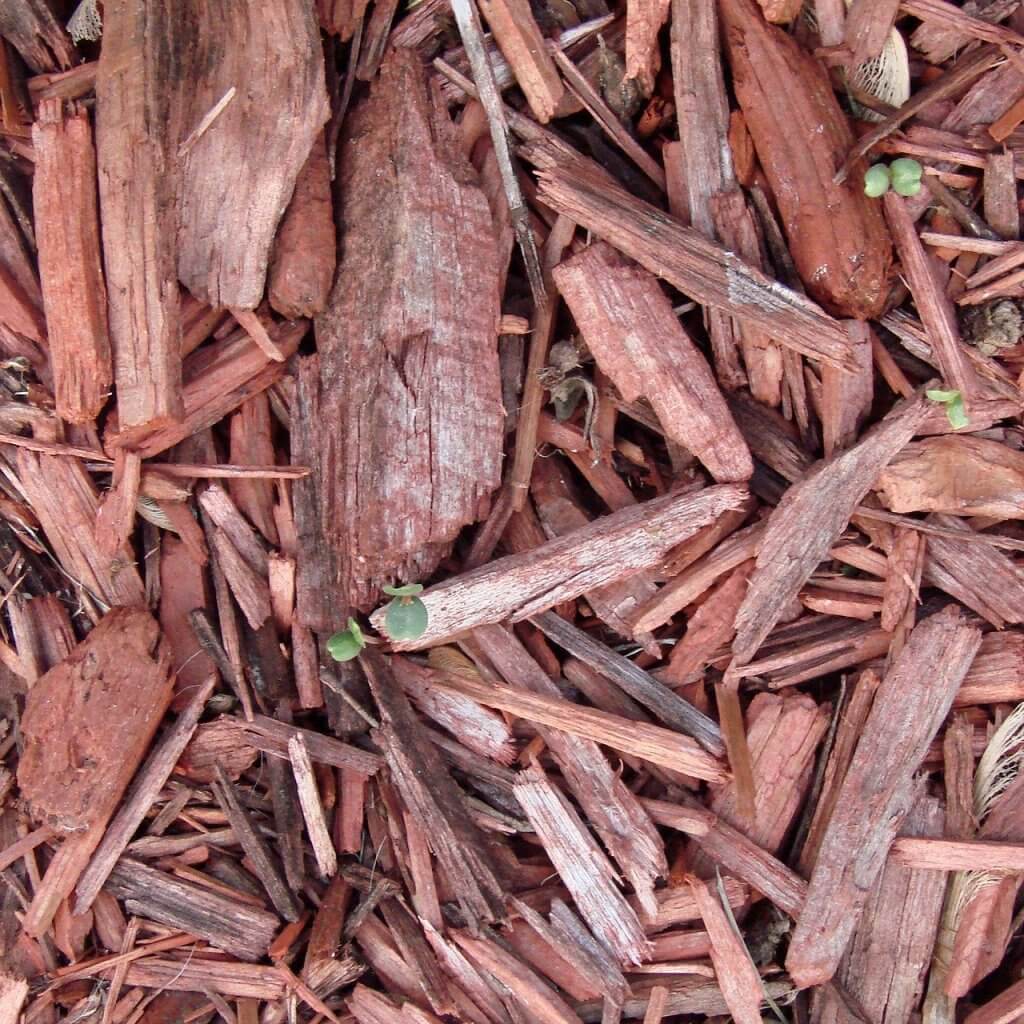We asked Graham’s national sales director Teddy Mathis, the former owner of a lawn care company, for his top tips for fall based on his years in both industries.
* As you’re preparing for aeration and overseeding season, it’s crucial to monitor ground temperatures to make sure the time is right. If ambient air temperatures stay relatively warm, A/O may be far less effective. Don’t be fooled by a cold front that passes through and drops some cold rain. Soil temperatures must remain below to be below 68 degrees for the seeds to germinate. You need a good week or two of the right ground temperatures and weather patterns to know you’re in the clear.
* This is a great time to market fall and winter pre-emergents, and probably the last opportunity of the calendar year. Consider an end-of-year sale.
* In a normal year, now is the time to engage with your community by marketing at fall festivals and other seasonal events. When I was on the spray side of the business, I participated in as many fall activities as I could.
* This is also the time of year to market fall fertilization for trees and shrubs, which is typically done later in October. You can upsell this service with invoice notes, e-blasts, newsletters, etc.



Communicate with Your Customers Effectively This Fall — More Messages for the Season
* Start prompting customers early and often to sign up for aeration and overseeding ahead of time, to cut down on the scheduling problems that develop when everyone waits till the last minute to call.
* Frequently suggest that customers remove leaves from their lawns (preferably with a blower rather than a rake, to minimize potential damage to turf) so treatments can be more effective and lawns stay as healthy as possible.
* After A/O service has been completed, make sure that customers understand the temporary need for an enhanced watering regimen.
* Remind customers to refresh mulched areas during the fall to help moderate soil temperatures through the cooler months.

